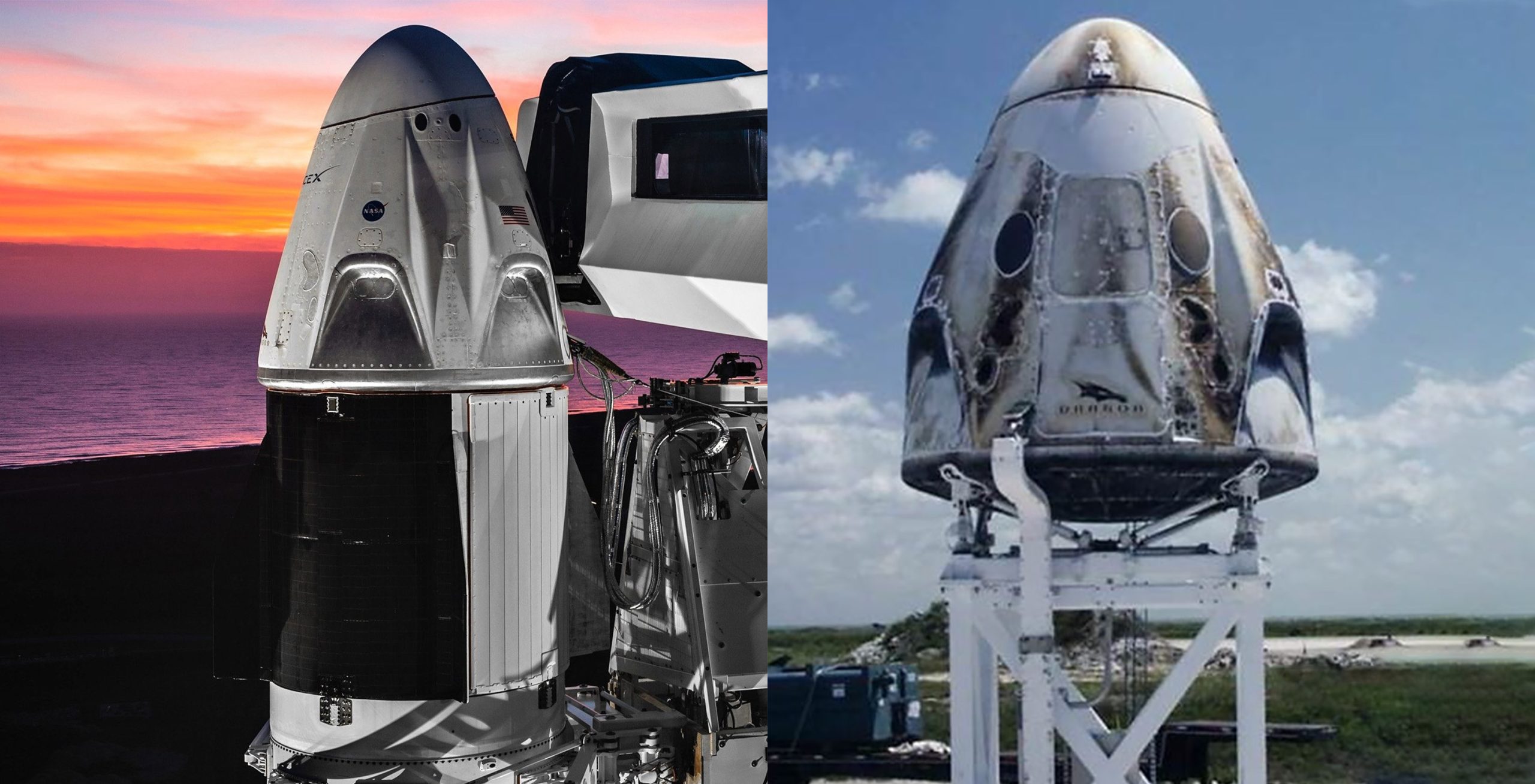
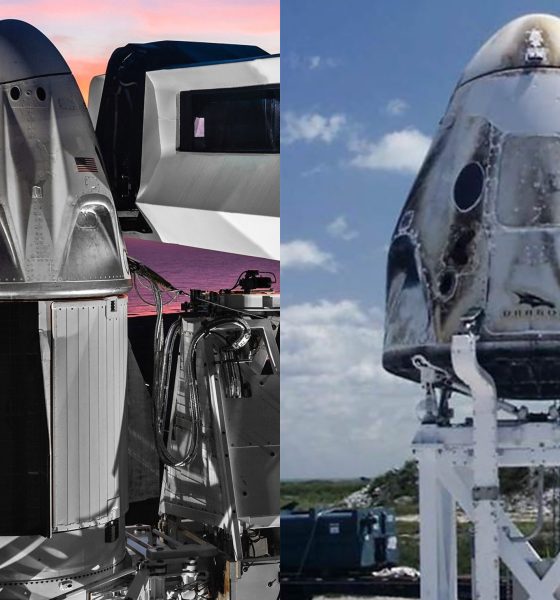
News
SpaceX’s response to Crew Dragon explosion unfairly maligned by head of NASA
In a bizarre turn of events, NASA administrator Jim Bridenstine has offered harsh criticism of SpaceX’s response to Crew Dragon’s April 20th explosion, suffered just prior to a static fire test of its eight Super Draco abort engines.
The problem? The NASA administrator’s criticism explicitly contradicts multiple comments made by other NASA officials, the director of the entire Commercial Crew Program, and SpaceX itself. Lest all three of the above sources were either blatant lies or deeply incorrect, it appears that Bridenstine is – intentionally or accidentally – falsely maligning SpaceX and keeping the criticism entirely focused on just one of the two Commercial Crew partners. The reality is that his initial comments were misinterpreted, but an accurate interpretation is just as unflattering.
Ultimately, Bridenstine responded to a tweet by Ars Technica’s Eric Berger to correct the record, noting that the criticism was directed at his belief that SpaceX’s “communication with the public was not [good]”, while the company’s post-failure communication with NASA was actually just fine. In fact, according to Commercial Crew Program (CCP) Manager Kathy Lueders, NASA team members were quite literally in the control room during the pre-static fire explosion and the failure investigation began almost instantly.
A blog post and official update published by NASA on May 28th further confirms Lueders’ praise for the immediate SpaceX/NASA response that followed the failure.
“Following the test [failure], NASA and SpaceX immediately executed mishap plans established by the agency and company. SpaceX fully cleared the test site and followed all safety protocols. Early efforts focused on making the site safe, collecting data and developing a timeline of the anomaly, which did not result in any injuries. NASA assisted with the site inspection including the operation of drones and onsite vehicles.”
— NASA, May 28th, 2019
Why, then, are Bridenstine’s comments so bizarre and unfair?
A trip down memory lane
Back in mid-2018, Boeing’s Starliner spacecraft suffered a major setback (albeit not as catastrophic as Crew Dragon’s) when a static fire test ended with a valve failing to close, leaking incredibly toxic hydrazine fuel all over the test stand and throughout the service module that was test-fired. The failure reportedly delayed Boeing’s Starliner program months as a newer service module had to replace the contaminated article that was meant to support a critical 2019 pad-abort test preceding Starliner’s first crew launch.
According to anonymous sources that have spoken with reporters like Eric Berger and NASASpaceflight.com, the anomalous test occurred in late-June 2018, followed by no less than 20-30 days of complete silence from both Boeing and NASA. If Boeing told NASA, NASA certainly didn’t breathe a word of that knowledge to – in Bridenstine’s words – “the public (taxpayers)”. Prior to Mr. Berger breaking the news, Boeing ignored at least one private request for comment for several days before the author gave up and published the article, choosing to trust his source.
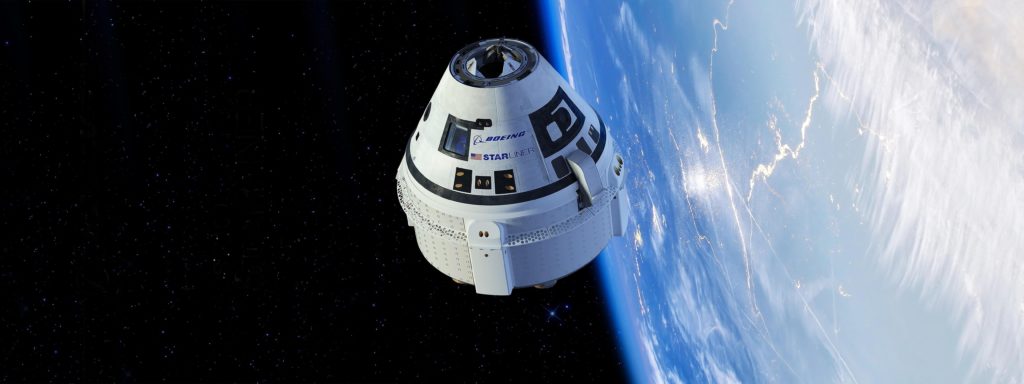
After the article was published, Boeing finally provided an official comment vaguely acknowledging the issue.
“We have been conducting a thorough investigation with assistance from our NASA and industry partners. We are confident we found the cause and are moving forward with corrective action. Flight safety and risk mitigation are why we conduct such rigorous testing, and anomalies are a natural part of any test program.”
— Boeing, July 21st, 2018 (T+~30 days)
SpaceX, for reference, offered an official media statement hours after Crew Dragon capsule C201 suffered a major failure during testing, acknowledging that an “anomaly” had occurred and that SpaceX and NASA were already working closely to investigate the accident. Less than two weeks after that, Vice President of Mission Assurance Hans Koenigsmann spent several minutes discussing Crew Dragon’s failure at a press conference, despite the fact that it was off topic in an event meant for a completely different mission (Cargo Dragon CRS-17).
“Earlier today, SpaceX conducted a series of engine tests on a Crew Dragon test vehicle on our test stand at Landing Zone 1 in Cape Canaveral, Florida. The initial tests completed successfully but the final test resulted in an anomaly on the test stand. Ensuring that our systems meet rigorous safety standards and detecting anomalies like this prior to flight are the main reasons why we test. Our teams are investigating and working closely with our NASA partners.”
— SpaceX, April 20th, 2019 (T+several hours)
Within ~40 days, NASA published an official update acknowledging Crew Dragon’s accident and the ongoing mishap investigation. Meanwhile, a full year after Starliner’s own major accident, NASA communications have effectively never once acknowledged it, while Boeing has been almost equally resistant to discussing or even acknowledging the problem and the delays it caused. On May 24th, NASA and Boeing announced that Starliner’s service module had passed important propulsion tests (essentially a repeat of the partially failed test in June 2018) – the anomaly that incurred months of delays and required a retest with a new service section was not mentioned once.
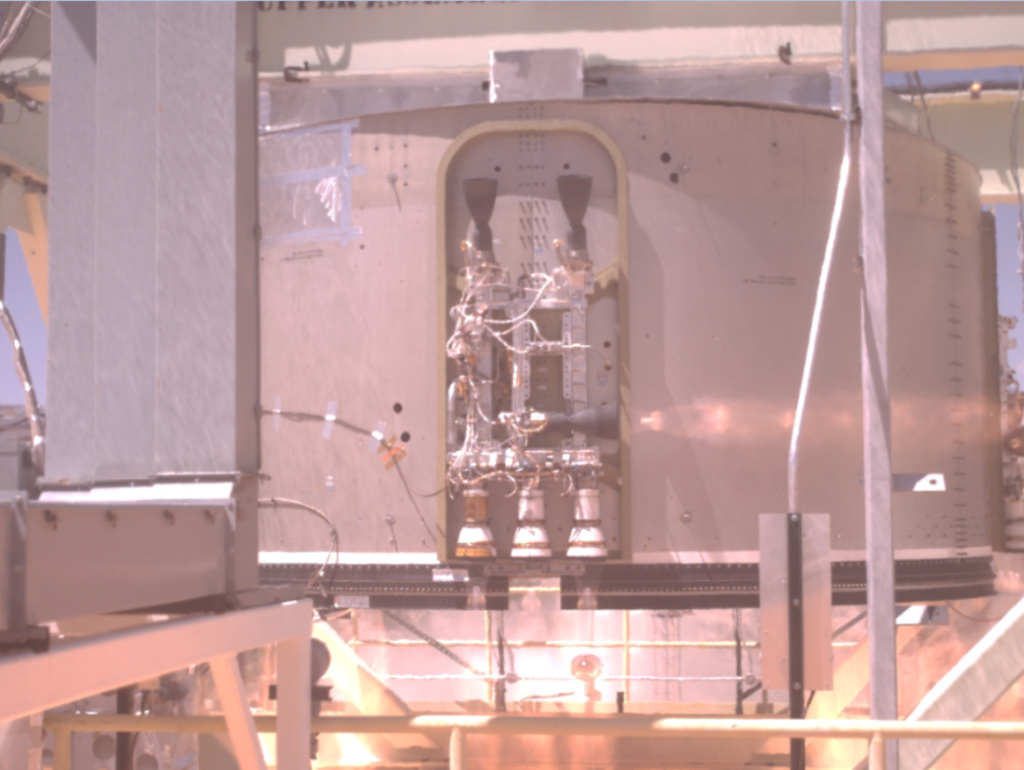
On April 3rd, NASA published a Commercial Crew schedule update that showed Boeing’s orbital Starliner launch debut (Orbital Flight Test, OFT) launching no earlier than August 2019, a delay of 4-5 months. In the article, NASA’s explanation (likely supplied in part by Boeing) bizarrely pointed the finger at ULA and the technicalities of Atlas V launch scheduling.
In other words, NASA somehow managed to completely leave out the fact that Starliner suffered a major failure almost a year prior that likely forced the OFT service section to be redirected to a pad abort test.
Following SpaceX’s anomaly, the company (and NASA, via Kathy Lueders) have been open about the fact that it means the Crew Dragon meant for DM-2 – the first crewed test launch – would have to be redirected to Dragon’s in-flight abort (IFA) test, while the vehicle originally meant to fly the first certified astronaut launch (USCV-1) would be reassigned to DM-2. Thankfully, this practice can be a boon for minimizing delays caused by failures. Oddly, Boeing has not once acknowledged that it was likely forced to do the same thing with Starliner, albeit with the expendable service section instead of the spacecraft’s capsule section.
Again, although the slides of additional CCP presentations from advisory committee meetings have briefly acknowledged Starliner’s failure with vague mentions like “valve design corrective action granted” (Dec. 2018) and “Service Module Hot Fire testing resuming after new valves installed” (May 2019), NASA has yet to acknowledge the Service Module failure and its multi-month schedule impact.
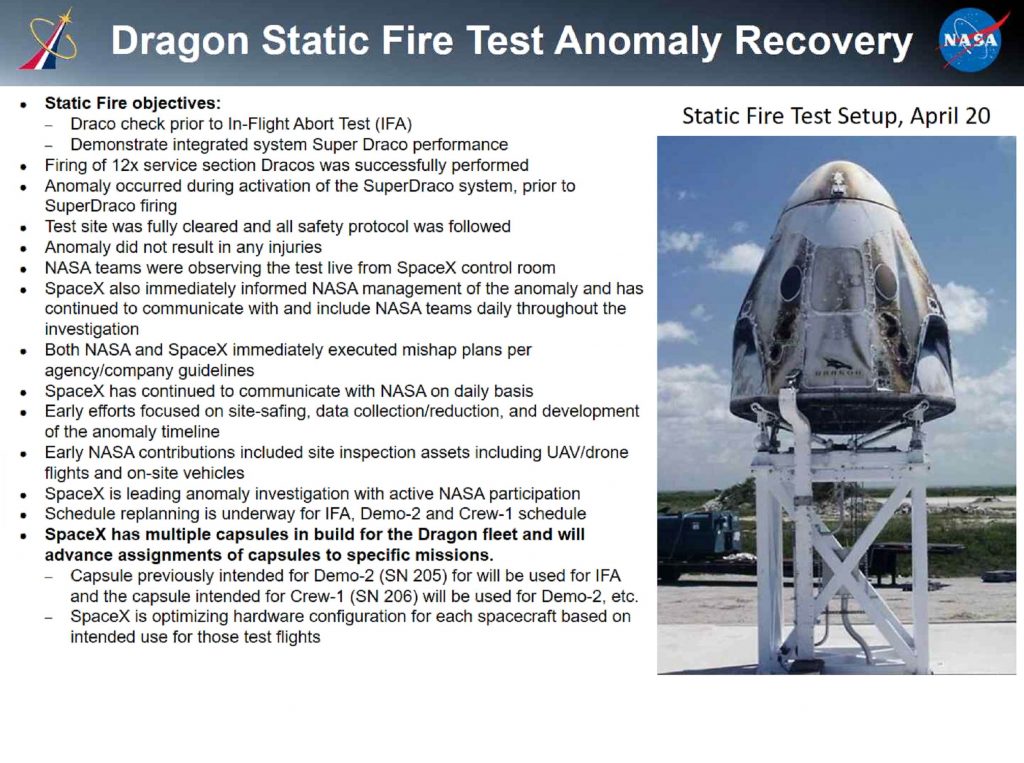
So, if SpaceX’s moderately quiet but otherwise excellent communication of Crew Dragon’s explosion was unsatisfactory and worthy of pointed criticism straight from the head of NASA, the fact that Boeing and NASA have scarcely acknowledged a Starliner anomaly that caused months of delays must be downright infuriating, insulting, and utterly unacceptable. And yet… not one mention during Bridenstine’s bizarre criticism of SpaceX’s supposed communication issues.
Check out Teslarati’s Marketplace! We offer Tesla accessories, including for the Tesla Cybertruck and Tesla Model 3.

News
Tesla dispels reports of ‘sales suspension’ in California
“This was a “consumer protection” order about the use of the term “Autopilot” in a case where not one single customer came forward to say there’s a problem.
Sales in California will continue uninterrupted.”

Tesla has dispelled reports that it is facing a thirty-day sales suspension in California after the state’s Department of Motor Vehicles (DMV) issued a penalty to the company after a judge ruled it “misled consumers about its driver-assistance technology.”
On Tuesday, Bloomberg reported that the California DMV was planning to adopt the penalty but decided to put it on ice for ninety days, giving Tesla an opportunity to “come into compliance.”
Tesla enters interesting situation with Full Self-Driving in California
Tesla responded to the report on Tuesday evening, after it came out, stating that this was a “consumer protection” order that was brought up over its use of the term “Autopilot.”
The company said “not one single customer came forward to say there’s a problem,” yet a judge and the DMV determined it was, so they want to apply the penalty if Tesla doesn’t oblige.
However, Tesla said that its sales operations in California “will continue uninterrupted.”
It confirmed this in an X post on Tuesday night:
This was a “consumer protection” order about the use of the term “Autopilot” in a case where not one single customer came forward to say there’s a problem.
Sales in California will continue uninterrupted.
— Tesla North America (@tesla_na) December 17, 2025
The report and the decision by the DMV and Judge involved sparked outrage from the Tesla community, who stated that it should do its best to get out of California.
One X post said California “didn’t deserve” what Tesla had done for it in terms of employment, engineering, and innovation.
Tesla has used Autopilot and Full Self-Driving for years, but it did add the term “(Supervised)” to the end of the FSD suite earlier this year, potentially aiming to protect itself from instances like this one.
This is the first primary dispute over the terminology of Full Self-Driving, but it has undergone some scrutiny at the federal level, as some government officials have claimed the suite has “deceptive” naming. Previous Transportation Secretary Pete Buttigieg was vocally critical of the use of the name “Full Self-Driving,” as well as “Autopilot.”
News
New EV tax credit rule could impact many EV buyers
We confirmed with a Tesla Sales Advisor that any current orders that have the $7,500 tax credit applied to them must be completed by December 31, meaning delivery must take place by that date. However, it is unclear at this point whether someone could still claim the credit when filing their tax returns for 2025 as long as the order reflects an order date before September 30.
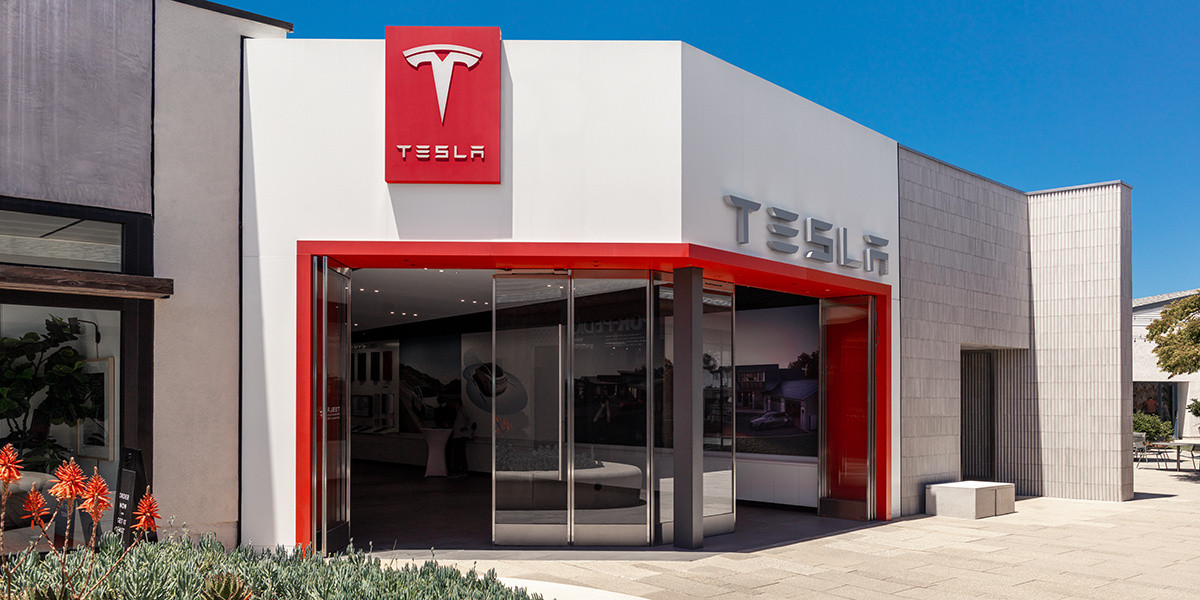
Tesla owners could be impacted by a new EV tax credit rule, which seems to be a new hoop to jump through for those who benefited from the “extension,” which allowed orderers to take delivery after the loss of the $7,500 discount.
After the Trump Administration initiated the phase-out of the $7,500 EV tax credit, many were happy to see the rules had been changed slightly, as deliveries could occur after the September 30 cutoff as long as orders were placed before the end of that month.
However, there appears to be a new threshold that EV buyers will have to go through, and it will impact their ability to get the credit, at least at the Point of Sale, for now.
Delivery must be completed by the end of the year, and buyers must take possession of the car by December 31, 2025, or they will lose the tax credit. The U.S. government will be closing the tax credit portal, which allows people to claim the credit at the Point of Sale.
🚨UPDATE: $7,500 Tax Credit Portal “Closes By End of Year”.
This is bad news for pending Tesla buyers (MYP) looking to lock in the $7,500 Tax Credit.
“it looks like the portal closes by end of the year so there be no way for us to guarantee the funds however, we will try our… pic.twitter.com/LnWiaXL30k
— DennisCW | wen my L (@DennisCW_) December 15, 2025
We confirmed with a Tesla Sales Advisor that any current orders that have the $7,500 tax credit applied to them must be completed by December 31, meaning delivery must take place by that date.
However, it is unclear at this point whether someone could still claim the credit when filing their tax returns for 2025 as long as the order reflects an order date before September 30.
If not, the order can still go through, but the buyer will not be able to claim the tax credit, meaning they will pay full price for the vehicle.
This puts some buyers in a strange limbo, especially if they placed an order for the Model Y Performance. Some deliveries have already taken place, and some are scheduled before the end of the month, but many others are not expecting deliveries until January.
Elon Musk
Elon Musk takes latest barb at Bill Gates over Tesla short position
Bill Gates placed a massive short bet against Tesla of ~1% of our total shares, which might have cost him over $10B by now
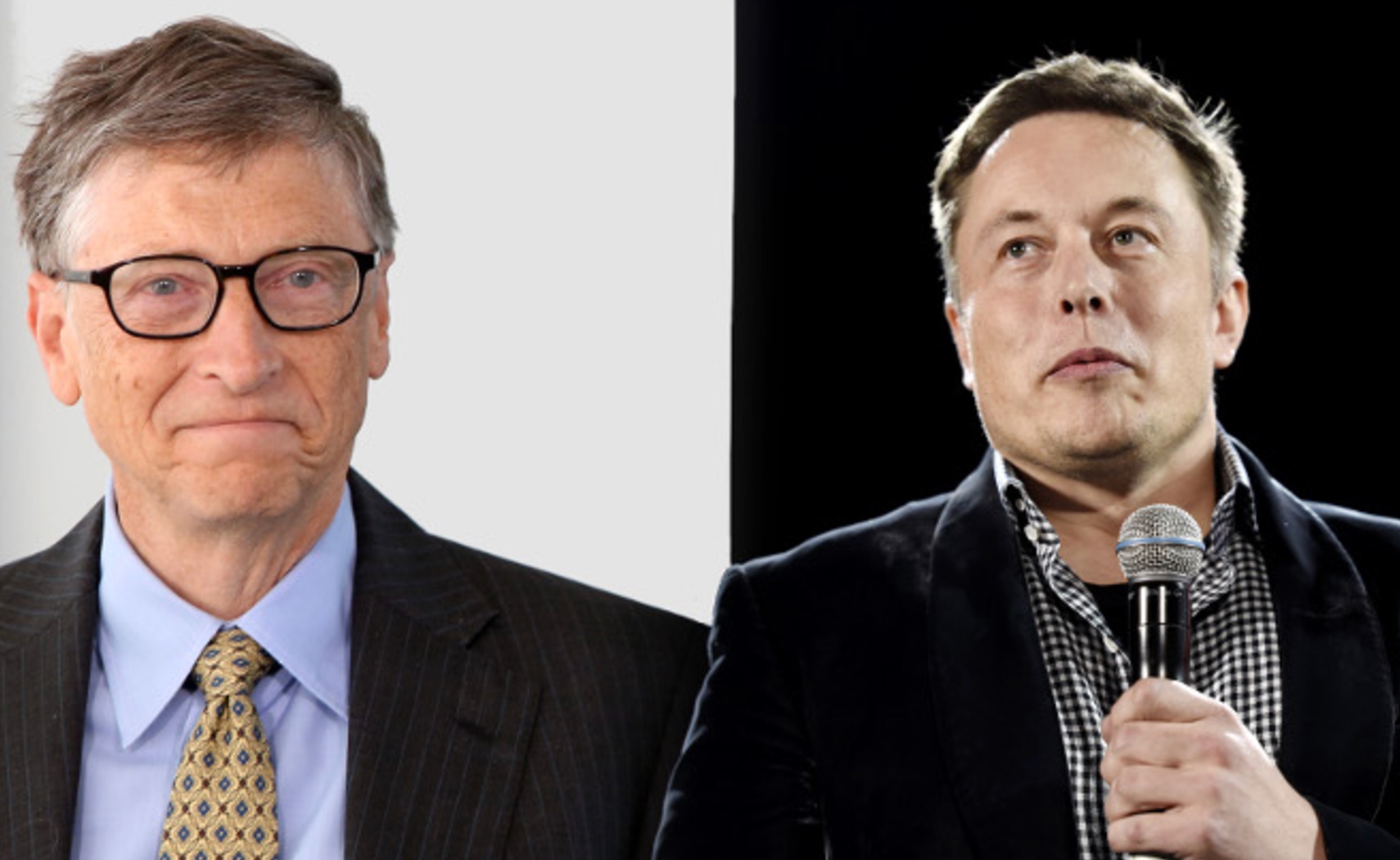
Elon Musk took his latest barb at former Microsoft CEO Bill Gates over his short position against the company, which the two have had some tensions over for a number of years.
Gates admitted to Musk several years ago through a text message that he still held a short position against his sustainable car and energy company. Ironically, Gates had contacted Musk to explore philanthropic opportunities.
Elon Musk explains Bill Gates beef: He ‘placed a massive bet on Tesla dying’
Musk said he could not take the request seriously, especially as Gates was hoping to make money on the downfall of the one company taking EVs seriously.
The Tesla frontman has continued to take shots at Gates over the years from time to time, but the latest comment came as Musk’s net worth swelled to over $600 billion. He became the first person ever to reach that threshold earlier this week, when Tesla shares increased due to Robotaxi testing without any occupants.
Musk refreshed everyone’s memory with the recent post, stating that if Gates still has his short position against Tesla, he would have lost over $10 billion by now:
Bill Gates placed a massive short bet against Tesla of ~1% of our total shares, which might have cost him over $10B by now
— Elon Musk (@elonmusk) December 17, 2025
Just a month ago, in mid-November, Musk issued his final warning to Gates over the short position, speculating whether the former Microsoft frontman had still held the bet against Tesla.
“If Gates hasn’t fully closed out the crazy short position he has held against Tesla for ~8 years, he had better do so soon,” Musk said. This came in response to The Gates Foundation dumping 65 percent of its Microsoft position.
Tesla CEO Elon Musk sends final warning to Bill Gates over short position
Musk’s involvement in the U.S. government also drew criticism from Gates, as he said that the reductions proposed by DOGE against U.S.A.I.D. were “stunning” and could cause “millions of additional deaths of kids.”
“Gates is a huge liar,” Musk responded.
It is not known whether Gates still holds his Tesla short position.









